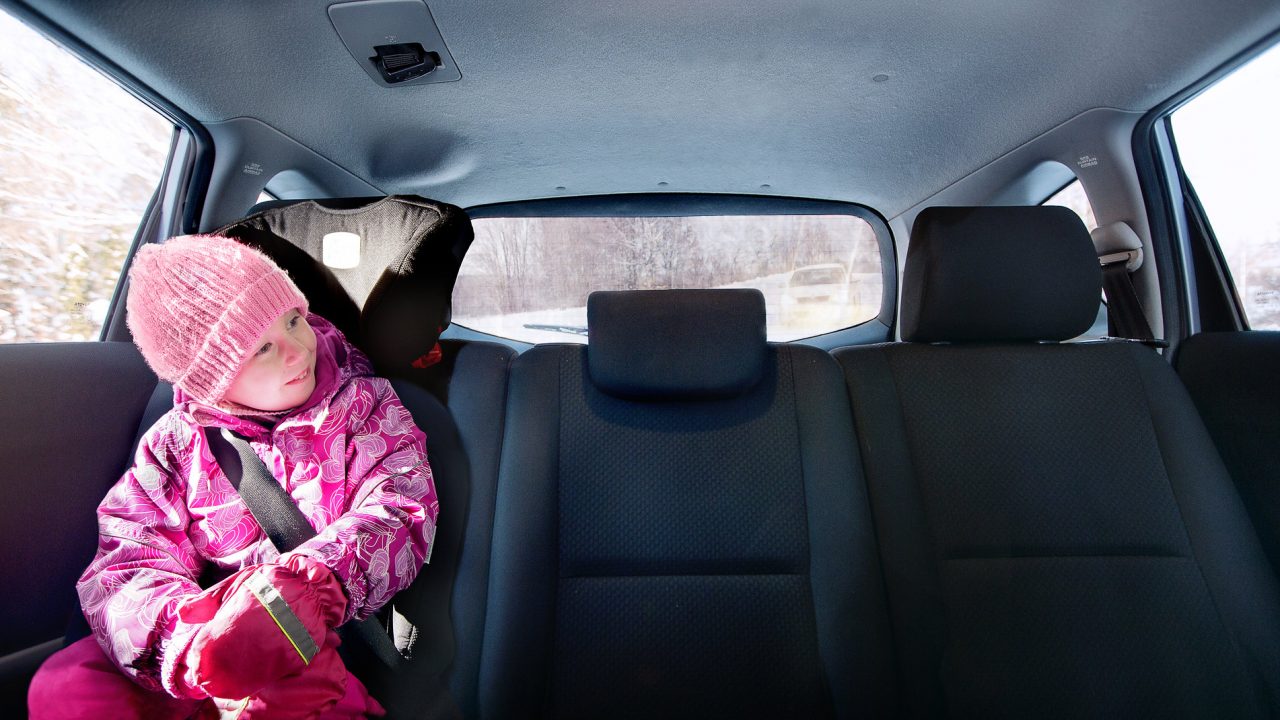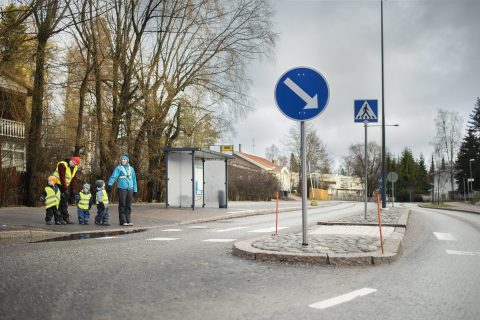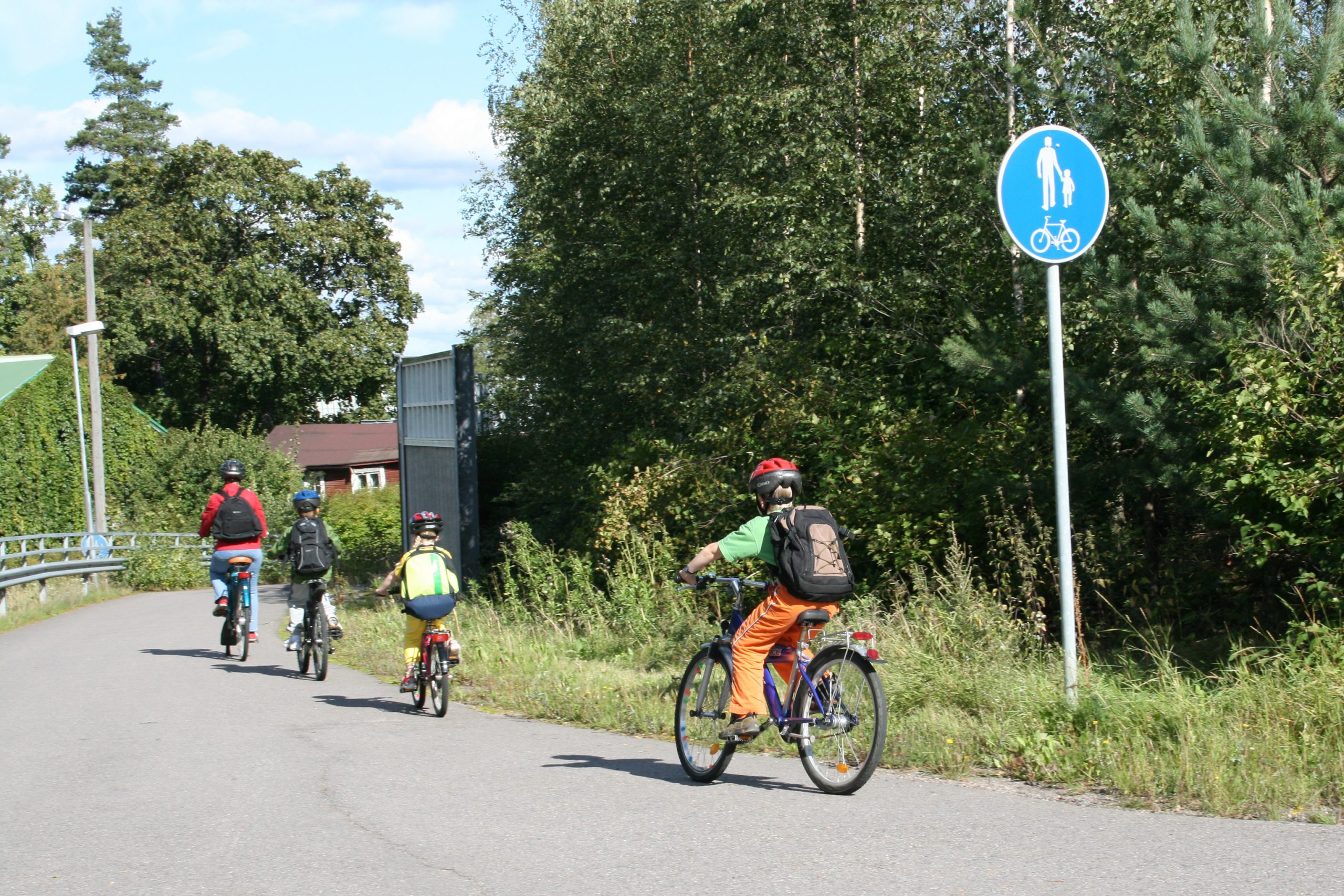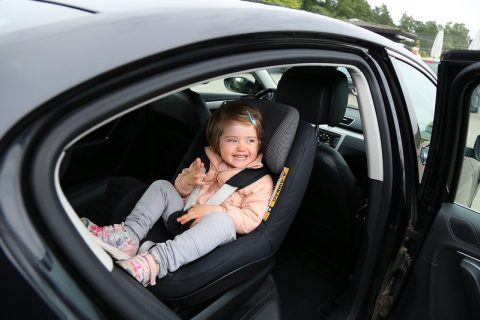
Car travel with children
Children’s guardians are usually responsible drivers who avoid taking clear risks in traffic. On the other hand, a child travelling in a car may catch the driver’s attention, or fatigue may impair the driver’s ability to drive. In addition to choosing a suitable child seat, guardians can influence road safety in many ways.
A child can catch the attention
Children may draw the driver’s attention away from monitoring the traffic situation. It is important to remember that when driving, focus should be on traffic only. You cannot feed a child while driving, and it is not safe to reach back to the rear seat. If the child needs attention during the journey, the car should be stopped.
If you have a crying baby on board, it may be particularly difficult to keep your attention on the road. Avoid driving with a small baby if it feels difficult.
Driving with a child can be particularly difficult for drivers who do not yet have a lot of driving experience. For inexperienced drivers, driving requires concentration, and a child cannot be given attention while driving without affecting safety.
Take your fitness to drive into account – fatigue reduces your ability to drive
Poor sleep reduces driving ability. Parents of small children are known to be often tired because of the baby’s sleep rhythm. If sleep recharge remains poor, it is safer to prefer other modes of transport instead of getting behind the steering wheel.
Hormonal factors may also affect driving ability. Attention should be paid to this after pregnancy and childbirth. Postnatal depression is a fairly common condition that can affect taking care of safety and also impair driving ability.
If you are transporting your child to a day-care centre or school
Follow the instructions of the day-care centre or school for driving and parking in the area. Avoid reversing in the day-care centre or school area – a small child can easily go unnoticed behind the car.
Taking children to school by car causes congestion around schools and increases traffic risks. In addition, children sitting in a car do not learn traffic skills in the same way as those moving in traffic.
In public transport
Get the child used to public transport from a young age. The use of public transport is safe and ecological.
Tell the child how to behave at the stop and how to enter the vehicle. Remind the child that they must remain seated in the vehicle until it stops.
Crossing the road after leaving a bus is often a dangerous situation. Remind the child that they must not cross the road from behind or in front of the vehicle, until the bus has left the stop and visibility is good again.
Parents’ means of influencing safety as the drivers of children
- When there is a second adult in the vehicle in addition to the driver, they may attend to or entertain the child while the other one is driving, allowing the driver to focus on driving. In fact, it is only worth driving with another adult, especially if the child is not comfortable in the car.
- Make it as comfortable as possible for children to travel. A suitably dressed child is more comfortable in the car. For older children, it is a good idea to prepare something to do in advance for driving trips.
- It is a good idea to place the child in the car where they catch the driver’s attention the least. It may be difficult to concentrate on traffic if the child is in the front seat.
- It is a good idea to discuss with older children how to be a good passenger and why the driver should be allowed to focus on driving.
- You should always consider your own driving condition before taking the wheel. When tired, it is worth favouring other forms of mobility.
- In families with more than one car in use, the safest car in the family should be selected for transporting children.
- Mobile phones and driving do not go together. Firstly, the use of a mobile phone increases the risk of a traffic accident, and secondly, it is important that you act as a good example for your child in traffic, including the use of a mobile phone.





